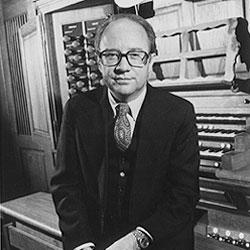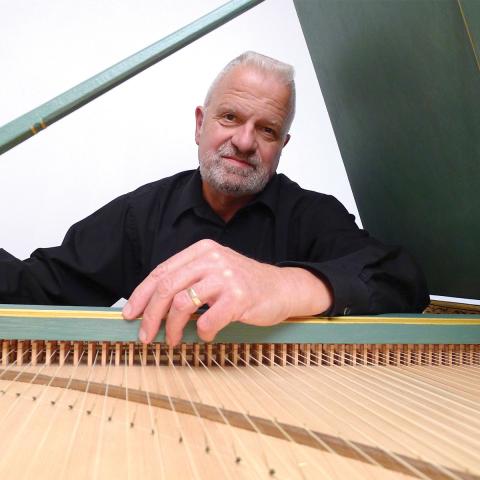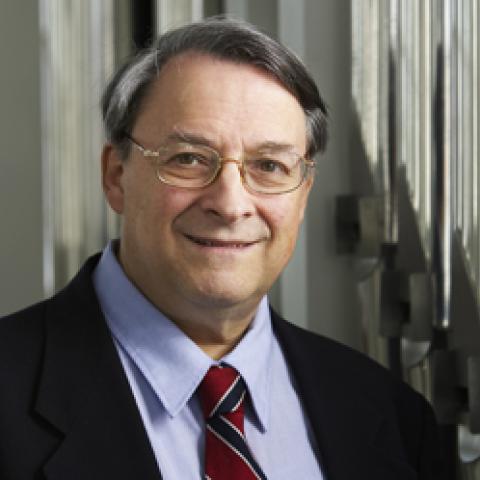
Southern Methodist University’s emeritus professor of organ and sacred music Robert Theodore Anderson succumbed to Parkinson’s disease on May 29 in Honolulu, Hawaii. Born in Chicago on October 5, 1934, RTA (as he was affectionately known by hundreds of students and friends) received his early training at the American Conservatory of Music. Undergraduate work was accomplished at Illinois Wesleyan University (Bloomington), where he studied organ with Lillian Mecherle McCord. At Union Theological Seminary in New York, he was awarded the degrees Master of Sacred Music (magna cum laude) in 1957 and Doctor of Sacred Music in 1961. He was an organ pupil of Robert Baker and studied composition with Harold Friedell and Seth Bingham.
A Fulbright Grant awarded in 1957 permitted Anderson to study in Frankfurt with Helmut Walcha. During the two years he spent in Germany, he served as guest organist at Walcha’s Dreikoenigskirche, and toured as a recitalist under the auspices of the American Embassy.
Anderson began teaching at SMU’s Meadows School of the Arts in 1960. He retired from the school (because of ill health) in 1996, but continued to teach for several more years to complete the degree programs of his final organ majors. Dr. Anderson was promoted to full professor in 1971, and was subsequently awarded the first Meadows Distinguished Teaching Professorship and named a University Distinguished Professor (SMU’s highest rank).
Two of RTA’s students, Wolfgang Rübsam and George C. Baker, won first places at the prestigious Chartres Organ Competition, and many others repeatedly placed in American contests. Anderson was known for his widely comprehensive organ repertoire and toured extensively as a solo recitalist, for a time under the auspices of the Lilian Murtagh/Karen Macfarlane Concert Management. A Fellow of the American Guild of Organists, Anderson served that organization as National Councillor for Education. He was Dean of the Dallas AGO chapter (1965–67), and served in many other capacities during his years in Dallas. The chapter named its annual recital series in his honor at the time of his retirement.
Anderson’s funeral was held at the Lutheran Church of Honolulu on June 3, with organist Katherine Crosier at the Beckerath organ and RTA’s Union Seminary classmate Nyle Hallman playing harp. His ashes will rest in Chicago, next to those of his parents. SMU is planning a Dallas memorial service, to be held in September.
—Larry Palmer




